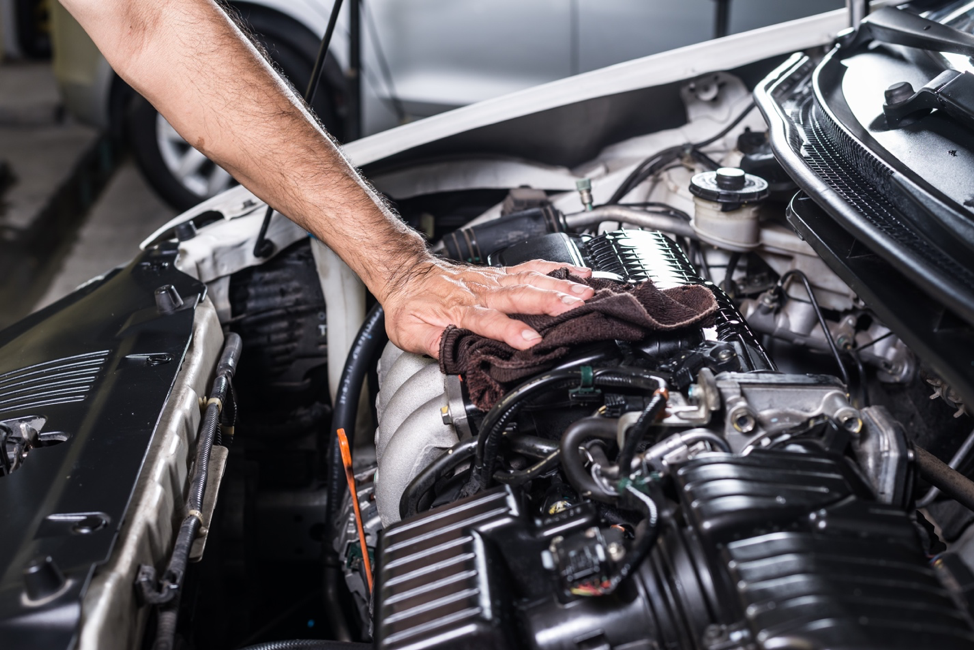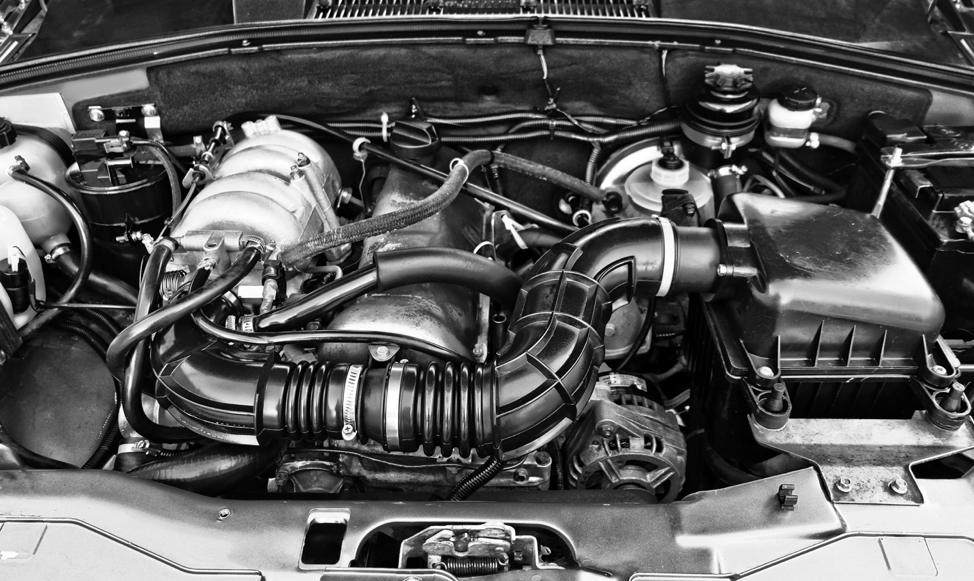Drivers are keeping their cars longer than ever, with the average age of cars on American roads approaching 12 years according to researchers at IHS Markit. In 1969, the average age of cars was barely more than five years, which practically qualifies as a new car these days.
Car manufacturers are building cars better than ever. Cars whose mileage would have once meant they were soon headed to the junkyard are still in the prime of their mechanical lives.
As with humans, prolonged automotive middle age means that better care becomes more important. Yeah, you got away with eating a Twinkie when you were in your 20s, but that’s not a great idea in later decades. That’s when you’re looking for those anti-oxidant blueberries.
Motor oil that is specifically formulated for middle-aged cars is the automotive equivalent of those healthy blueberries. Most motor oil is created with the needs of young whippersnappers like new engines in mind, points out Valvoline’s vice president of technology, Thom Smith.

Valvoline High Mileage with MaxLife™ Technology and Valvoline Full Synthetic High Mileage with Maxlife™ Technology were both created for use in cars with 75,000 miles on them. Driving the typical 12,000 miles per year, that means cars just past six years old, or half the average age, are ready for a specialized oil.
One of the main things that this high mileage oil does is provide anti-oxidants, just like those blueberries do. But instead of attacking free radicals in your body, Valvoline’s antioxidants help fight a variety of mechanical maladies in your car’s engine.
“As oil ages in the engine it can oxidize,” observed Smith. “When you have heat and oxygen present, things break down.” When the oil breaks down due to oxidation, it turns to sludge, which thickens the oil more than it is supposed to be.
“As an oil oxidizes, it thickens,” Smith said. “A 0W-20-weight oil may become a 5W-30.” This increases fuel consumption and causes engines to run hotter, which only exacerbates the oxidation problem due to the increased heat.

Oxidized oil also creates the nasty deposits that build up in an engine. Oxidized oil, both in the form of sludge and solid deposits inside the engine, serves as a catalyst that helps oxidize more oil, making the problem snowball over time. “We see that high mileage engines are much more prone to this,” said Smith.
Traditionally, switching to thicker oil was a way to reduce the increasing oil consumption of worn engines with their increased gaps, but modern engines won’t tolerate that solution. Valvoline has found customers in hot-weather climates who are familiar with the old approach causing their cars’ engines to overheat by adding thicker oil, Smith said.
Instead, they need to stick to the recommended weight but switch to a product that is designed to help combat oil consumption. One way that Valvoline high mileage oils do this is by adding more detergents that help scrub internal surfaces clean. This helps prevent piston rings from sticking due to deposits, so they can continue to do their jobs.
“These deposits can build up behind the rings and cause the rings to stick which increases the amount of blow by,” he said. In the case of the oil-control rings, that means fighting oil consumption. The compression rings help preserve the engine’s factory-new power levels.
Valvoline’s high mileage oils have reduced volatility too, which makes them less likely to get burned off. Accelerated oil consumption as a vehicle ages can catch drivers off guard. Vehicles that didn’t previously need any oil added between changes suddenly do, creating the risk of driving with too little oil and causing major engine damage.

While some cars run hot, others don’t get hot enough. This is especially the case in cooler climates for drivers who make very short trips that aren’t long enough for the engine to fully warm up enough to evaporate any condensed moisture in its crankcase.
The water in the oil causes sludge, which can block oil passages and prevent it from getting to all parts of the engine. Valvoline’s high mileage oils include more dispersant to help attack that moisture. So, even in those engines that may be more prone to forming sludge for short-distance, cool-weather drivers will be protected.
Of course, engines age because of wear, so high mileage oils contain extra anti-wear additives to slow that process as much as possible. After all, sunscreen is still good to use, even after a few wrinkles have already accumulated.
Valvoline even uses that lifeguard sun-blocking standby, zinc, to help reduce wear. It is in a more complex compound than the white zinc oxide sunscreen paste, but it helps protect engines as well as skin.
Unfortunately, motor oil’s zinc is combined with phosphorus, which isn’t friendly to the catalytic converters that clean up engine exhaust pollution. That means motor oil has a strict limit on the amount that can be used.
“Zinc is a great additive,” said Smith. “We love to use it. It works as an anti-wear, anti-rust, and anti-oxidant.” Naturally, Valvoline uses as much of the zinc-phosphorus compound (Zinc dialkyldithiophosphate, or ZDDP) as is permissible, and substitutes other materials to augment the oil’s anti-wear properties.
The single biggest problem that arises in engines over time is the emergence of oil leaks as the engine’s gaskets and seals shrink and harden from age. Valvoline added seal conditioner to its recipe for high mileage oil to counteract the problem. “It is a special chemical that reacts with the elastomer that will soften the seal,” Smith explained.
Those leaks, unlike most of the other symptoms of engine age, are visible to customers. Some competitors introduced their own competitive products that only included the seal conditioners without addressing the other problems of middle-aged engines, Smith said.
The invisible nature of most of the benefits is one of the challenges of motor oil. “With engine oil, the consumer really takes what we tell them on faith because they don’t see what happens inside an engine. The consumer can’t really see that. You can taste a soft drink or see whether jeans fit better. But what goes on inside an engine you can’t see.”

Similarly, the difference between Valvoline High Mileage with MaxLife™ Technology and Valvoline Full Synthetic High Mileage with Maxlife™ Technology is also invisible. Synthetic oil has all the great properties of the synthetic blend but magnified. Full synthetic oil is more resistant to thermal breakdown and is better at retaining its correct viscosity over time. Valvoline also adds even more dispersant and detergent to the Full Synthetic, enhancing those properties too.
The two products are like the automotive equivalent of those anti-oxidant blueberries and some genetically enhanced super-blueberries. Both are helpful, but one has been engineered to be even more helpful.
Either Valvoline product will help keep your car running its best beyond that average of 12 years. If only it could also protect our car’s interiors from the wear and tear of kids when they are young and then protect the exterior a dozen years later when they are learning to drive.
- The content above was submitted by a guest contributor and is for informational purposes only. The views and opinions expressed in this content are those of the guest contributor and do not reflect the views and opinions of Valvoline LLC.

 Dan Carney
Dan Carney